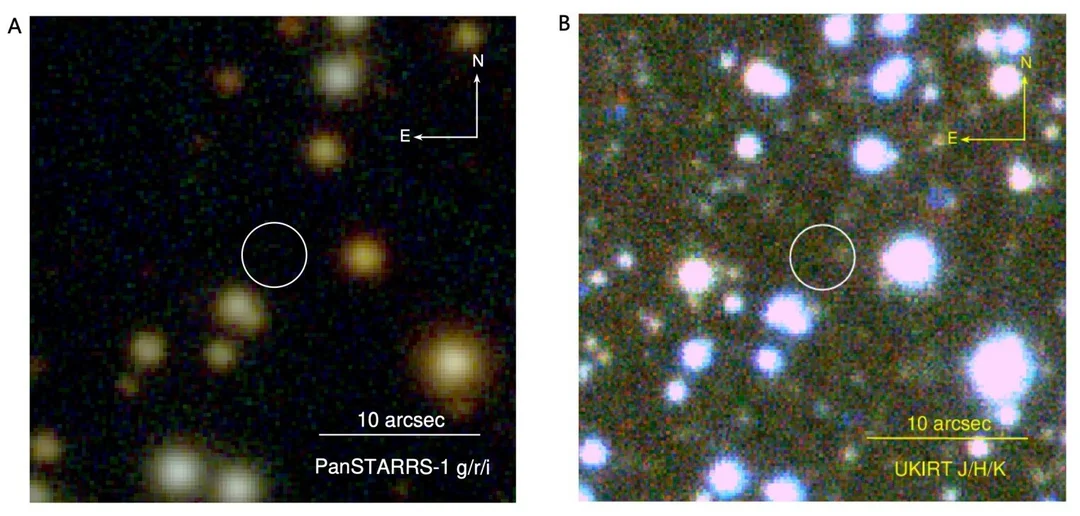
Rare ‘Spider Star’ Discovery: A Cosmic Cannibal Unveiled by Astronomers
In the vast expanse of the cosmos, astronomers have stumbled upon a rare and fascinating phenomenon: a 'spider star' caught in the act of consuming its companion. This discovery, made possible by the world's largest telescope, sheds light on the evolution of binary star systems and the violent mergers that ripple across the universe.

The subject of this celestial drama is a pulsar, the rapidly spinning remnant of a massive star that exploded in a supernova. This particular pulsar, a rare 'spider pulsar,' is known for its aggressive behavior, stripping away material from its companion star or scattering it with powerful beams of radio waves. This newly observed system represents a critical 'missing link' in understanding how these binary systems evolve, as detailed in a recent Science paper. The study uses data collected over four years using the Five-hundred-meter Aperture Spherical Radio Telescope (FAST) in China.
"This particular pulsar caught his attention because the radio signals it emitted showed that it orbited a companion every 3.5 hours — but also disappeared for about one-sixth of that time," explains Jin-Lin Han, the leading radio astronomer at the National Astronomical Observatories in Beijing. This disappearance suggested the pulsar was orbiting behind another star, obscured by galactic dust.
Further investigations revealed that this 'spider star' is part of a binary system with a helium star companion. The stars in this pair are currently only about 700,000 miles (1.12 million kilometers) apart – 50 times closer than Mercury is to the sun, completing an orbit around each other in just 3.6 hours. This close proximity hints at a turbulent past, where the pulsar likely siphoned off the outer layers of its companion, creating a common envelope around them both.

The discovery team suggests the companion star once held a lot of hydrogen, which was stripped away by its pulsar companion, suggesting they have a common envelope. That common envelope, the team notes, explains why the two stars are so close together. This research may mark the first observation of a pulsar that is gravitationally bound to a helium companion star.
Using elaborate computer models, the researchers suggest the members of this newfound binary started at a distance from each other about twice that between Earth and the sun. The pulsar would have then started siphoning off its companion's outer layers, forming a common envelope around them both. After roughly 1,000 years, the pulsar would have spiraled close to its partner's core, which likely flung away the last of this envelope, leaving behind a tightly bound binary system.
The identification of this unique system helps explain a process that results in short orbital paths. It also gives insight into the formation of gravitational waves by neutron stars, black holes, or a combination of the two, because scientist are able to see that the cause of the gap was another star—one approximately 1 to 1.6 times the mass of the sun and made mostly of helium.
This rare find highlights the dynamic and often violent nature of binary star systems. These systems may experience a "common envelope" phase, in which the pulsar orbits within the outer layers of its companion. However, scientists have never detected such exotic binaries until now. Based on the estimated number of binary stars in the Milky Way that roughly match this newfound system, the researchers suggest only 16 to 84 counterparts of PSR J1928+1815 and its companion may exist in our galaxy. (For context, the Milky Way hosts about 100 billion to 400 billion stars.)
What other secrets do these binary systems hold? Leave your thoughts and theories in the comments below.